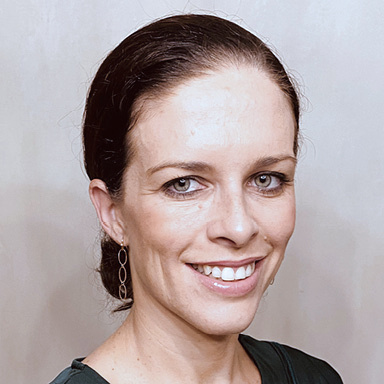For new parents, even though this is usually a time of wonder and joy, there are several aspects of caring for a baby that may feel overwhelming or intimidating
Sudden Infant Death Syndrome (SIDS) may top this list of concerns. SIDS is the sudden, unexplained death of a healthy baby younger than 1 year of age. SIDS is sometimes called "crib death" or "cot death" because it is associated with the time when the baby is sleeping.
Despite extensive research, SIDS remains a mystery even to professionals. Our expert, Dr Linda van Heerden, paediatrician at Mediclinic Louis Leipoldt, unwraps some of the facts and myths around SIDS to give parents greater clarity.
Myth: Babies can “catch” SIDS.
Fact: Dr Van Heerden explains that a baby cannot catch SIDS. “It is not an infectious disease, so it can’t be caught or spread. While the cause for SIDS is unknown, researchers believe that SIDS is associated with problems in the ability of a baby to arouse from sleep, to detect low oxygen levels or the build-up of carbon dioxide in the bloodstream.”
Myth: Cribs cause “crib death” or SIDS.
Fact: “Cribs themselves do not cause SIDS. But features of the sleep environment, such as sleeping face-down on a soft sleep surface, a crib full of blankets and soft toys, etc., can increase the risk of SIDS and other sleep-related causes of infant death,” Dr Linda van Heerden explains.
Myth: Babies who sleep on their backs will choke if they spit up or vomit during sleep.
Fact: According to Dr Linda van Heerden, the safest position for babies to sleep is on their backs. “Babies automatically cough up or swallow fluid that they spit up or vomit – a reflex to keep the airway clear. A face-down position has been shown to increase a baby’s chance of SIDS.” In this position, anything regurgitated or refluxed will pool at the opening of the trachea (air pipe), making it easier for babies to aspirate (fluids spilling into the lungs). Babies who sleep on their backs might clear these fluids better because of how the body is built.
Myth: SIDS can be prevented.
Fact: “There is no known way to prevent SIDS, but there are ways to reduce the risk, such as allowing your baby to use a pacifier when they sleep, to prevent them from entering a deep sleep,” she explains.
Myth: Vaccines, immunisations, and medication can cause SIDS.
Fact: Dr Linda van Heerden assures parents that all babies should see their healthcare providers regularly for well-baby check-ups and should get their immunisations on time as recommended by their healthcare provider. Numerous studies have shown that vaccinations do not increase the risk of SIDS. In fact, babies who are up to date with their vaccinations have a lower risk of SIDS.
Myth: If parents sleep with their babies in the same bed, they will notice any problems and be able to prevent them from happening.
Fact: Because SIDS occurs with no warning or symptoms, it is unlikely that any adult will hear a problem and prevent SIDS from occurring. Sleeping with a baby in an adult bed increases the risk of suffocation and other sleep-related causes of infant death, says Dr Linda van Heerden.
The risk of sleeping with a baby in an adult bed is increased when:
- The adult smokes cigarettes or has consumed alcohol or medication that causes drowsiness
- The baby shares a bed with other children
- The sleep surface is a couch, sofa, waterbed, or armchair
- There are pillows or blankets on the bed
- The baby is younger than 11 weeks and 14 weeks old
- The baby shares a bed with more than one person, especially if sleeping between two adults
If you’re expecting and would like to find out more about SIDS, contact your paediatrician at your nearest Mediclinic.
Further publications on the topic
Doctors 1


